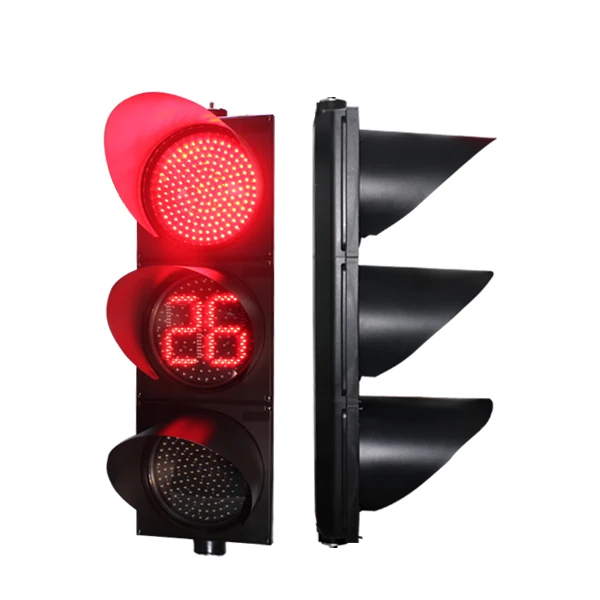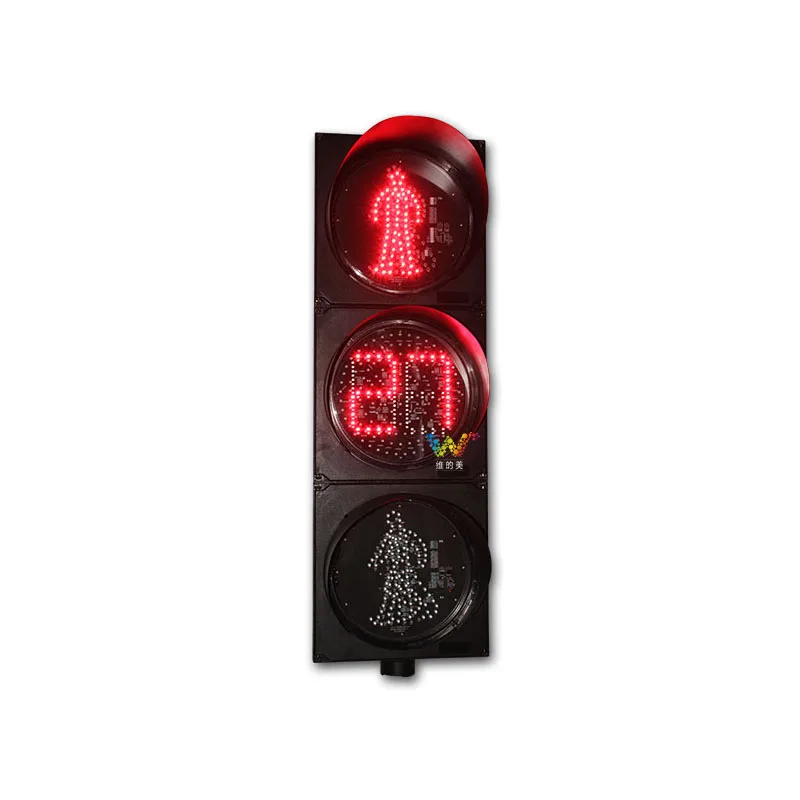

Like this one, who recounted having helped change one of the zebra crossings in Alvalade, but who also acknowledged the problem of Avenida Columbano Bordalo Pinheiro, which he was unable to change: On the publication of Lisboa Possível, comments soon appeared from other citizens who are rolling up their sleeves to make the city safer.
#Are traffic lights on timers full
“ The green pedestrian crossing signal must be open long enough to allow pedestrians to cross, at a speed of 0.4 m/s, across the full width of the track or up to the central reservation, where one exists“ Decree Law n.º 163/2006, of August 8thįaced with the facts, the Lisboa Possível movement formalised the concern. The law is very clear regarding the times of the green light at zebra crossings: It was the “way in which we could change this”, explains Ksenia Ashrafullina, from Lisboa Possível. And the time of the traffic light has indeed changed. It was enough to resort to the law to get it. Image from Google MapsĮverything happened after a complaint was formalised with the Lisbon City Hall and the National Institute for Rehabilitation by the collective, which waited eight months for a reply.

It was when they noticed that the time of one of the capital’s traffic lights was so short that it was putting pedestrians at risk that a group of citizens from the Lisboa Possível platform wanted to start a change: suddenly, passers-by on Columbano Bordalo Pinheiro Avenue (between São Domingos de Benfica and Campolide) saw the green light on a pedestrian crossing increase from 15 to 37 seconds (the average time that, according to the law, it takes to cross).Ī 14-metre crossing without a central reservation, in front of number 80, which at a normal pace would always take at least 22 seconds to complete – as we experienced.

Just note the moment when the green light comes on at the traffic light until it turns off: how often is the time in the traffic lights for crossing not enough? The city is full of them, but not all of them are adapted for all citizens to cross. It can be used where ever we need to control the flow of traffic.How do you get from point A to point B? When it comes to getting around a city, the answer is usually to cross a pedestrian crossing. Connecting the LEDs high and low to pin 3 will not work and since pin 7 is in phase with pin 3, it can be used as an advantage in this design.
#Are traffic lights on timers how to
This circuit also shows how to connect LEDs high and low to a 555 and also turn off the 555 by controlling the supply to pin 8. Here before the first 555 changes state to turn off the second 555 and turn on the red LED. This illuminates the Green LED and then the second 555 changes state to turn off the Green LED and turn on the yellow LED for a short period of time. Now the red LED has an equal on-off period and when it is off, the first 555 delivers power to the second 555. In this circuit, two timer ICs control voltage pin 5 left as no connection. We can vary the time delay between LEDs by varying VR1 and VR2 variable resistors. Here the yellow LED output is controlled by a discharge pin, Vcc supply for this IC provides through output and timer elements of the left side timer IC 555. The left side timer provides output through Red LED, and the right side timer LED provides output through the yellow LED and Green LED. Here two timer ICs are placed and biased with a 12-volt power supply. As we can see in the circuit, the timer IC is a main part of the circuit.


 0 kommentar(er)
0 kommentar(er)
